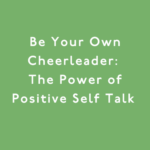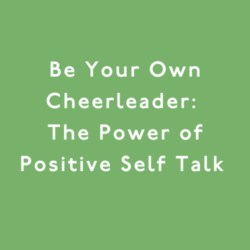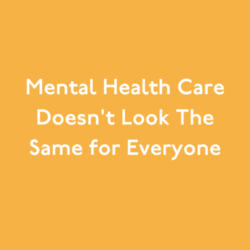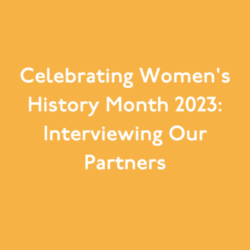You’re likely hearing about mindfulness everywhere you turn. From increasing productivity, improving physical health and decreasing anxiety, the benefits seem to go on and on. A quick google search will bring up books, titled: Mindful Leadership, Mindful Teaching, and even Mindful Cooking. Mindfulness might seem like a hot new trend, but if you really stop to think about it, people have always been practicing mindfulness, even people you might not expect to buy-in to this “trend.”
What Mindfulness Was Then
Finding mindful moments used to be far more simple. Let’s picture a situation that most people find themselves in on a regular basis: waiting in line. If you take a moment to look at the person in front or behind you, there’s a strong chance that they are on their phone, whether it be scrolling through Instagram, firing off a text or responding to a colleagues email, their focus is not on the present moment of simply standing in line. Their focus is with the random acquaintance posting their latest InstaStory, making plans with their friends for next week or the work project that could likely wait until tomorrow.
Now, let’s think about what waiting in line would have looked like for your grandparents. At most, the only distraction may have been some background music playing in the store, a conversation between other customers, or their personal thoughts. Their focus was on the present moment: waiting in line.
Another example might be your morning commute. Driving to work now involves podcasts, Top 25 latest hits, or talking into your cell phone. Back in 1929, there were no car radios. There were no cell phones. There were far less distractions. In 1929, a drive to work meant you were focused on your drive.
A simple definition of mindfulness is: “the quality or state of being conscious or aware of something.” Based on that definition, many people have been practicing mindfulness for centuries, without even realizing it. With far less distractions then today, it was natural to simply focus at the task at hand, which means it was natural to be mindful.
What Mindfulness Is Now
Mindfulness today requires effort. Previous generations were able to find silent moments more frequently and more naturally. With noise and distractions being the new norm it’s important to find moments throughout the day. One way this can be achieved is by transforming the tasks you’re already doing into moments of mindfulness. Here’s a list of tasks that almost everyone engages in that can be made into opportunities for mindfulness. When you notice your mind wandering away from the task at hand, try to pull yourself back into the present moment.
-
Eat: Many nutritionists will recommend the same, but resist the temptation to multitask while you eat. Put down the phone, put down the book, turn off the TV. Focus on eating and enjoying your meal.
-
Cook: As you prepare your next meal, focus on the smaller tasks that go into the larger preparation. Pay close attention as you cut, chop, and stir your meal.
-
Move: Movement can look different on everyone. Maybe it’s running, maybe it’s a fitness class, maybe it’s dance or maybe it’s going on a walk. No matter what you choose, focus on the movement. If you are choosing to run, walk or hit the gym try to unplug from the headphones.
-
Read a book: Curl up with your favorite book or magazine and eliminate any other distractions, especially the phone. If you’re book of choice is a digital copy, make sure email notifications won’t be pinging in the background.
-
Clean your room: Turn off the TV and the background music and, once again, focus on the smaller tasks that will contribute to the larger project.
Mindfulness isn’t new, it’s just harder to achieve then it was before and it certainly is not a trend. Mindfulness will only become more necessary as the world becomes more congested with distractions. Transforming everyday tasks into mindful moments is a simple way to re-integrate mindfulness into daily routines.
Sign up for Move This World’s newsletter to stay up to date on social emotional learning.
Enter your email below!










